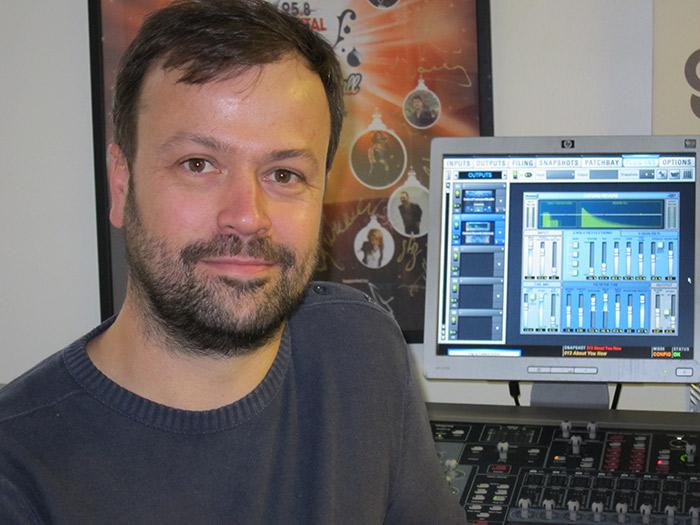Andrew Thornton: Recreating Studio Magic on Tour
With a resume boasting live mixing for Girls Aloud, Sugababes, and Jamiroquai, Andrew Thornton knows a thing or two about bringing studio-quality sound to the stage. Handling the FOH duties for Brit Award-winning acts like Girls Aloud, known for their record-breaking hits and electrifying performances, requires not just skill but also the right gear. Armed with a Digidesign Venue console and a USB loaded with Sonnox Oxford plug-ins, Andrew ensures the band sounds as polished live as they do on record.

The Road Warrior's Toolkit
You’re juggling multiple gigs at the moment—how’s that going?
Yeah, it’s been busy! I’m currently bouncing between three or four pop gigs in the UK. For all my bands, I spec a Digidesign Venue console. I travel light with an iLok and a USB stick full of installers, so I can just plug in, load up, and get going. The Girls Aloud tour was especially intense, with multiple nights in arenas across the country. It was a big production with a great show vibe.
Dialing in the Sound with Sonnox Plug-ins
Which Oxford plug-ins are your go-tos?
The first one I tried was the Transient Modulator. A friend recommended it, and I instantly loved it. I use it on snare drum, kick drum, and electric bass—it delivers that punchy, analog vibe. For the snare, it adds an extra snap, perfect for livening up a slightly dead drum sound. On bass, I tweak the Overdrive for a harder tone, which blends nicely in the mix.
The first one I tried was the Transient Modulator. A friend recommended it, and I instantly loved it.
And for kick drum, it’s essential when I need a sharper, more defined sound. With bands like these, you’re dealing with a blend of live and electronic elements, so the live drums need to fit seamlessly within that tight, electronic soundscape. The Transient Modulator really helps the kick and snare hold their own against the processed studio tracks.
What about reverb? Did you use the Oxford Reverb?
Yes, I did. Initially, I was skeptical—I already had several reverbs in my setup. But the Oxford Reverb stood out with its smooth, non-digital character. It’s got some unique spaces that avoid that cheap, tinny reverb sound. I ended up using it for my longer vocal reverbs because it didn’t have any harsh overtones. It was a welcome addition, especially since I added it midway through the tour—it really enhanced the overall sound.
How did the Oxford Dynamics plug-in fit into your mix?
The Oxford Dynamics plug-in was another standout. It’s got a range of tools, but what impressed me most was the compressor. It offers a nice, squishy, slightly pumping analog feel, which is tough to get from a plug-in. The presets are user-friendly—you can adjust the Threshold and be good to go almost immediately. I’m excited to explore it further on upcoming projects.
Looking Ahead: What’s Next on Your Schedule?
I’ve got some exciting projects lined up, including working with Pixie Lott, who’s gaining a lot of momentum in the UK. She’s just been confirmed to open for Rihanna on her European tour. I’ll be bringing the board and my plug-ins along for that ride!
